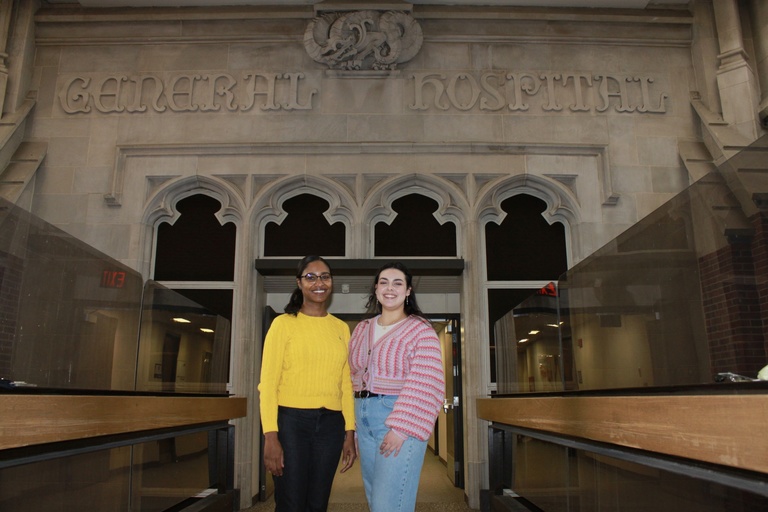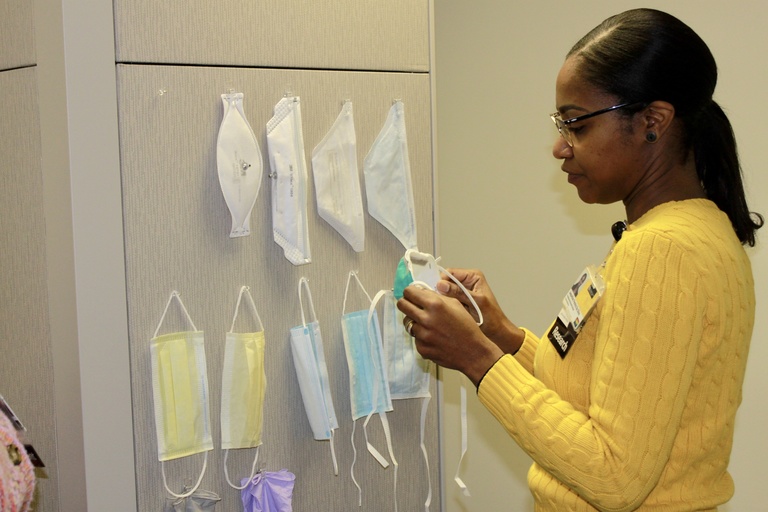Jaqueline Pereira da Silva recalls the first time she realized human capabilities impact outcomes: in the same physics class as her twin sister. How could they look at the same problem but not see the same answers? Pereira da Silva has always been enthralled by the way human interactions vary according to people’s different characteristics. This is what human factors engineering is all about — aligning systems to human capabilities, limitations, and needs.
After getting a BS degree in industrial and product design in her home country of Brazil, Pereira da Silva came to get her MS degree in engineering and industrial management from the University of Northern Iowa. Post-graduation, Pereira da Silva started working as a manufacturing engineer at John Deere. Feeling limited by the standardization of manufacturing and missing the opportunity to make her work available to the public, she lost her enthusiasm in her position. With this in mind, she began seeking a PhD program to pursue her true passion, human factors engineering.
She was pleased to find that unlike other programs, the University of Iowa College of Engineering offered a degree in human factors engineering through the industrial engineering department that included opportunities to study healthcare. Pereira da Silva says the rest is history — with the College of Engineering, College of Medicine, and teaching hospital, Iowa has it all.
“Healthcare is the best place for a human factors engineer. It is an amusement park of complexity,” said Pereira da Silva.
In manufacturing, and most areas of human factors research, the focus is on the interaction of a single group of target users with a machine. In healthcare, one must take into account multiple groups of target users — providers and patients. Add in the wishes of family members and protocols for patient care and safety, and one might begin to understand what Pereira da Silva means by complexity.
Entering healthcare presented several welcomed changes for Pereira da Silva. There is greater opportunity for multidisciplinary research and unique funding options. The University of Iowa is one of eleven schools that form the CDC’s distinguished Prevention Epicenters Program, a 20-year-old research program that aims to improve healthcare quality and patient safety, says Pereira da Silva.
After obtaining her PhD, Pereira da Silva is serving as a postdoctoral research scholar at University of Iowa Hospitals & Clinics. In addition to other roles, she is involved in researching personal protective equipment (PPE) design and protocols.
Pereira da Silva explains that complying with safety standards is an expensive, often deadly problem that affects industries worldwide. In healthcare, safety standards are complicated by the fact that infectious microorganisms are not visible to the naked eye. This is why PPE is the first line of protection against viruses and bacteria. In other industries like manufacturing, PPE is reserved as the last line of defense after all other safety precautions.
Pereira da Silva wants to continue bringing engineers to the field of healthcare. Just like Maria Emilia Schulter Silva, an ISE graduate student who assists with PPE research. Coming from a background in chemical engineering, Schulter Silva is an example that healthcare can be for any type of engineer if you are open to exploring a new path.
The best advice Pereira da Silva has for undergraduates at Iowa? “Explore other departments. You have no idea what other opportunities exist until you try them. Industrial engineering is everywhere!”


